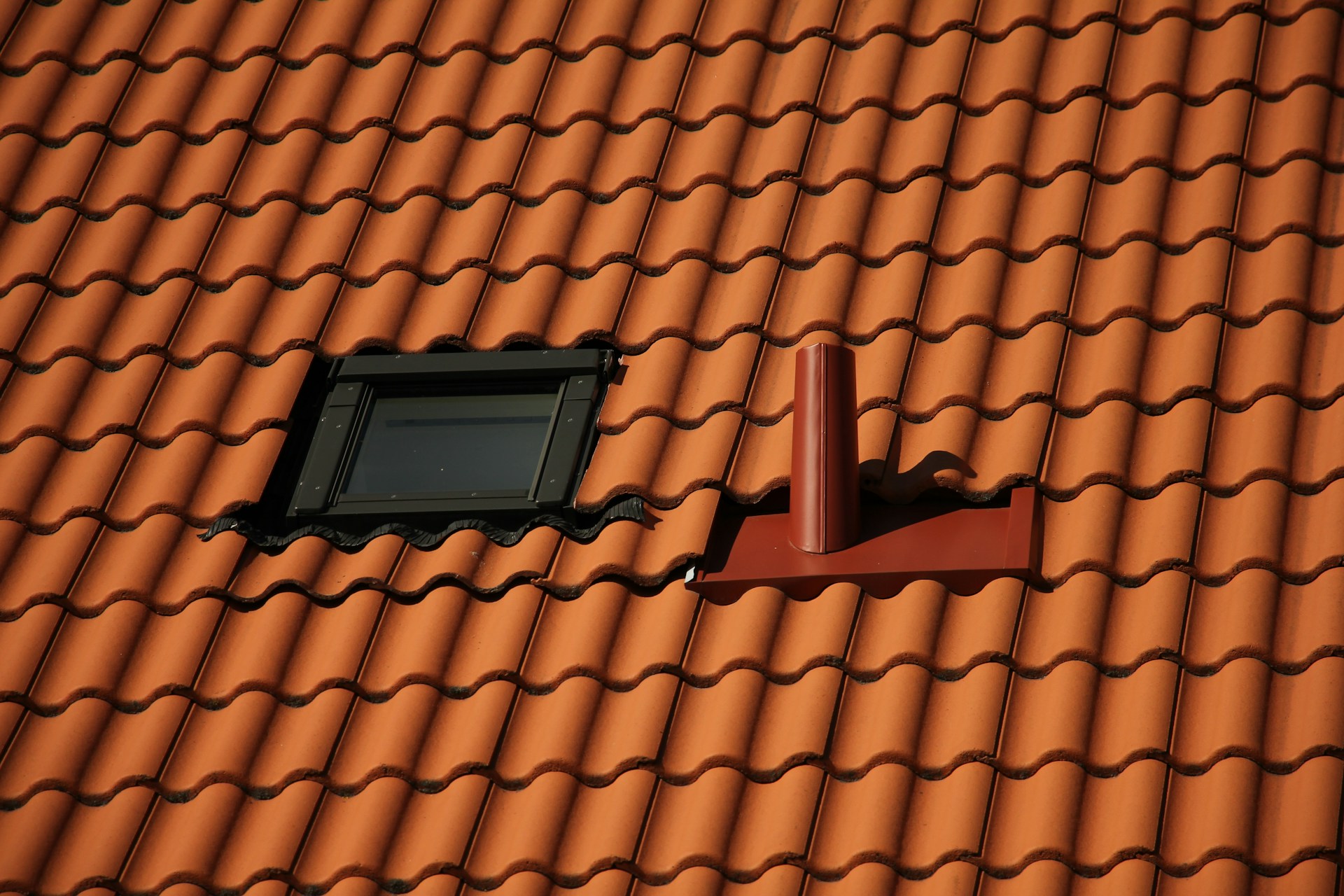Last Updated on June 11, 2024
Ensuring the integrity of your home’s roof is paramount in protecting it from the elements and maintaining its structural integrity. However, addressing roof repair issues can sometimes require calling in professional help. With some essential tools, materials, and know-how, homeowners can tackle everyday roof maintenance tasks themselves. Let’s explore some easy DIY solutions for maintaining a sturdy roof without costly repairs.

Assessing Your Roof’s Condition
Before undertaking any DIY roof maintenance tasks, it’s crucial to assess the condition of your roof thoroughly. Conduct a visual inspection from both the inside and outside of your home. Look for signs of damage, such as leaks, sagging areas, or missing shingles. By identifying potential issues early on, you can address them before they escalate into more significant problems.
Interior Inspection
Begin by inspecting the interior of your home for signs of water damage or leaks. Look for water stains on ceilings or walls, damp spots in the attic, or signs of mold or mildew growth. These may indicate a leaky roof that requires immediate attention.
Exterior Inspection
Next, carefully inspect the exterior of your roof for any visible signs of damage or wear. Use a ladder to access your roof and visually inspect from all angles safely. Look for missing or damaged shingles, cracked flashing, or areas where the roof may be sagging or showing signs of deterioration.
DIY Roof Maintenance Solutions
Clearing Debris
Removing debris from your roof is a simple yet effective way to prevent damage and prolong its lifespan. Debris, such as leaves, branches, and dirt, can accumulate on your roof over time, leading to clogged gutters and drainage issues. Use a broom or leaf blower to clear away debris from your roof, paying close attention to areas around gutters, vents, and chimneys where debris tends to collect. This proactive approach to roof repair can help maintain the structural integrity of your home and prevent costly damage down the line.
- Importance of Debris Removal
Removing debris from your roof prevents clogged gutters and drainage issues and reduces the risk of water damage and mold growth. By keeping your roof clear of debris, you can prolong its lifespan and minimize the need for costly repairs.
- Safety Considerations
When clearing debris from your roof, prioritize safety. Use a sturdy ladder with non-slip feet and have someone spot you from the ground to ensure stability. Wear appropriate safety gear, such as gloves and safety glasses, to protect yourself from sharp objects and debris.
Inspecting and Repairing Shingles
Damaged or missing shingles can compromise the integrity of your roof and leave it vulnerable to leaks and water damage. Inspect your roof for any signs of damaged or loose shingles, such as curling, cracking, or blistering. If you notice any issues, replace them promptly to prevent further damage.
- DIY Shingle Repair
Remove the old shingle and any nails or adhesive holding it in place to replace damaged shingles. Carefully lift the surrounding shingles to expose the underlying roof deck, then slide the new shingle into place and secure it with roofing nails. Be sure to overlap the surrounding shingles to ensure a tight seal and prevent water infiltration.
- Importance of Shingle Maintenance
Maintaining the integrity of your shingles is essential for protecting your roof from water damage and prolonging its lifespan. You can prevent leaks and costly repairs by promptly repairing or replacing damaged shingles.
Sealing Flashing
Flashing is a thin metal strip installed around roof penetrations such as chimneys, vents, and skylights to prevent water infiltration. Over time, flashing can damage or deteriorate, leading to leaks and water damage. Inspect the flashing around these areas and seal any gaps or cracks with roofing sealant or caulking to ensure a watertight seal.
- DIY Flashing Repair
Clean the area thoroughly to seal flashing to remove dirt, debris, and old sealant. Apply a generous amount of roofing sealant or caulking around the flashing, ensuring it forms a tight seal against the roof surface. Allow the sealant to dry completely before testing for leaks.
- Importance of Flashing Maintenance
Properly sealed flashing prevents water infiltration and protects your home from leaks and water damage. Inspecting and repairing damaged flashing as needed ensures that your roof remains watertight and secure.
Cleaning and Repairing Gutters
Clogged gutters can cause water to back up onto your roof, leading to water damage and potential leaks. Clean your gutters regularly to remove leaves, debris, and other obstructions that may prevent proper drainage. Additionally, inspect your gutters for any signs of damage or leaks and repair them promptly to avoid further issues.
- DIY Gutter Maintenance
Remove any large debris by hand or with a scoop to clean gutters. Use a hose to flush out any remaining debris and ensure water flows freely through the gutters and downspouts. Inspect the gutters for any signs of damage, such as cracks, holes, or loose connections, and repair them as needed with gutter sealant or replacement parts.
Applying Roof Coatings
Roof coatings can help protect your roof from UV damage, moisture, and other environmental factors that can cause deterioration over time. Apply a coat of reflective roof coating to your roof surface to help prolong its lifespan and reduce energy costs by reflecting heat away from your home. Be sure to follow the manufacturer’s instructions carefully when applying roof coatings.
- DIY Roof Coating Application
To apply roof coatings, thoroughly clean your roof surface to remove dirt, debris, and loose materials. Use a pressure washer or stiff-bristled brush to scrub the surface clean, then allow it to dry completely before applying the coating. Use a paint roller or sprayer to apply the coating evenly, covering the entire roof surface and ensuring a uniform finish.
Safety Considerations
While DIY roof maintenance can save you time and money, it’s essential to prioritize safety when working on your roof. Always use appropriate safety gear, such as gloves, safety glasses, and non-slip footwear, to prevent accidents and injuries. Additionally, avoid working on your roof during inclement weather or high winds, as this can increase the risk of slips and falls.
Conclusion
Maintaining a sturdy roof doesn’t have to be a daunting task. With some essential tools, materials, and know-how, homeowners can tackle everyday roof maintenance tasks themselves and ensure the longevity of their roofs. By regularly clearing debris, inspecting and repairing shingles, sealing flashing, cleaning and repairing gutters, and applying roof coatings, homeowners can keep their roofs in top condition and protect their homes from the elements. However, safety should always be a top priority when working on your roof, and homeowners should not hesitate to seek professional assistance. With a little effort and attention to detail, DIY roof maintenance can be a rewarding and cost-effective way.





